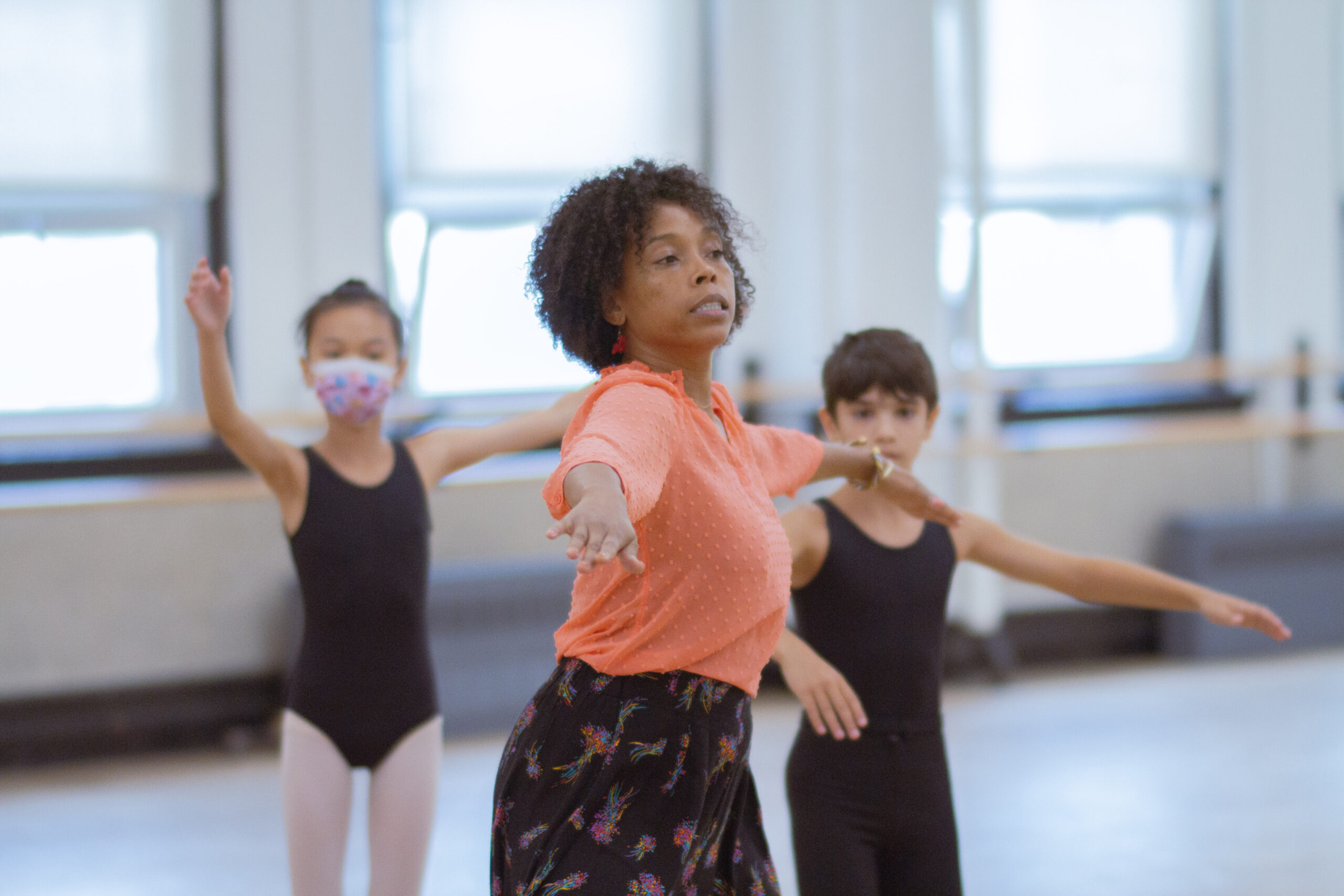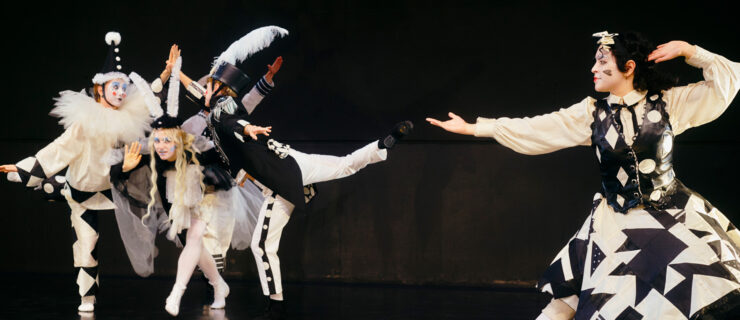Dionne Figgins on Providing Supportive Dance Education in New York City Public Schools
Dionne Figgins, appointed artistic director of Ballet Tech in 2021, brings extensive professional experience and a deep investment in education to her leadership role at this unique New York City public school that combines academics and classical ballet training. Ballet Tech Across New York, a new initiative to provide free dance classes in New York City elementary schools, showcases Figgins’ vision, but she is quick to deflect all the credit. Figgins says that what Eliot Feld created in 1996 by establishing Ballet Tech as a self-contained public school is “monumental,” and she’s proud to work with a team of colleagues who have come together to design these new classes.
Figgins trained at the legendary Jones-Haywood School of Ballet (now Jones-Haywood Dance School) in Washington, DC, then danced leading roles as a member of Dance Theatre of Harlem and performed in the Broadway shows Motown: The Musical and Memphis, among others. Her focus now is on creating caring environments for dancers, and she’s guiding Ballet Tech’s recent initiative to make dance education more accessible in New York City’s public schools.
Dancing is important regardless of whether you’re going to do it professionally or not. Ballet Tech Across New York is about students having a truly enriching experience with dance. Obviously, our hope is that students will graduate from Ballet Tech and use their training to continue pursuing dance and the performing arts, but what about all the students who choose to not pursue performative arts? How are we engaging them? Creating a safe environment for people to explore dance encourages people to remain involved in the dance community.
We’re giving something back to these communities that are allowing us to come into their schools to identify potential students for our program. These enrichment programs allow us the opportunity to see beyond what the physical body looks like to all the other components that make a dancer a dancer: creativity, musicality, coordination, and the ability to follow directions. An audition process could feel extractive, like we’re going in identifying students who have talent and taking them out of their communities. Now, we’re making sure all the students have a really great experience with dance.
Ballet Tech Across New York offers two different tracks. There are schools that already have dance built into their programming, and those schools might want something that’s a little more rigorous, our BT Ballet Basics. The second track, Dance for EveryBODY, lets everybody know that they can dance. The reality is that some bodies don’t want to have a straightened knee or a pointed foot, or turnout, and those bodies should also be able to access dance. In the Dance for EveryBODY class, we do some creative movement, some improvisation, some isolations, and some ballet steps, as well.
I’m trying to provide students with what I would have wanted for myself and my peers when I was training. I grew up learning ballet in a predominantly Black dance community. I didn’t have to assimilate and leave my cultural expressions of movement at the studio door, an experience I have heard time and time again from other Black dance professionals training in predominantly white ballet spaces.
When you are Black in ballet, it’s even more pressing to be able to have a critical, intellectual conversation about ballet, because you might not be taken seriously in certain spaces if you can’t. I want students to have as much language and as much learning as possible. Can we be critical about stories like Swan Lake? It’s a super-problematic story: Von Rothbart is keeping all these women against their will. Being critical of these works allows us to breathe new life into them, making them more accessible and relatable to this generation.
Dance is not specific for any particular body type or cultural group. It’s something that all of us can enjoy. Sometimes people conflate “ballet” with “dance.” But ballet is just one way people dance, not the only way. I want to give students as much information as possible, so they have as many options as possible as they enter the ever-evolving world of dance.




